6. The Big Red One (Samuel Fuller, 1980)
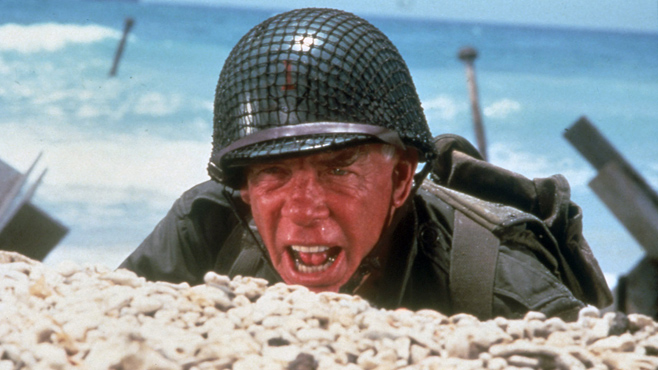
Like Schrader, Sam Fuller was an uncompromising rebel on the backlot, pushing the bounds of what he could get away with on someone else’s dime. His reputation was made on a string of pulpy, low-budget gems, starting with “I Shot Jesse James” (1949) and ending with “The Naked Kiss” (1964). In a sense, he was the original grindhouse populist, spray-painting social commentary over B-movie thrills.
But he’d struggle to work from the mid-sixties onward, with a disastrous experience on an early Burt Reynolds film, “Shark!” (1969), that ended his career for a decade. Finally, he was able to raise the money independently for an epic based on his own experience as a soldier with the famed 1st Infantry Division during WWII. Warner Brothers wanted to make “The Big Red One” back in the 1950s, but only with John Wayne as the star. Fuller felt Wayne was the wrong choice, and was already feuding with Jack Warner over his current picture at the time.
But nearly thirty years later, Fuller had the creative control to make the picture what he wanted, one of the great war movies of any budget, with Lee Marvin’s last truly wondrous performance, and Mark Hamill’s finest hour not playing Luke Skywalker. Post-production would be rife with compromises, though a restored version would be released in 2004. Still, it was clearly a major accomplishment, screening at Cannes and letting him stir up more trouble with his next picture, “White Dog” (1982).
7. The Fisher King (Terry Gilliam, 1991)
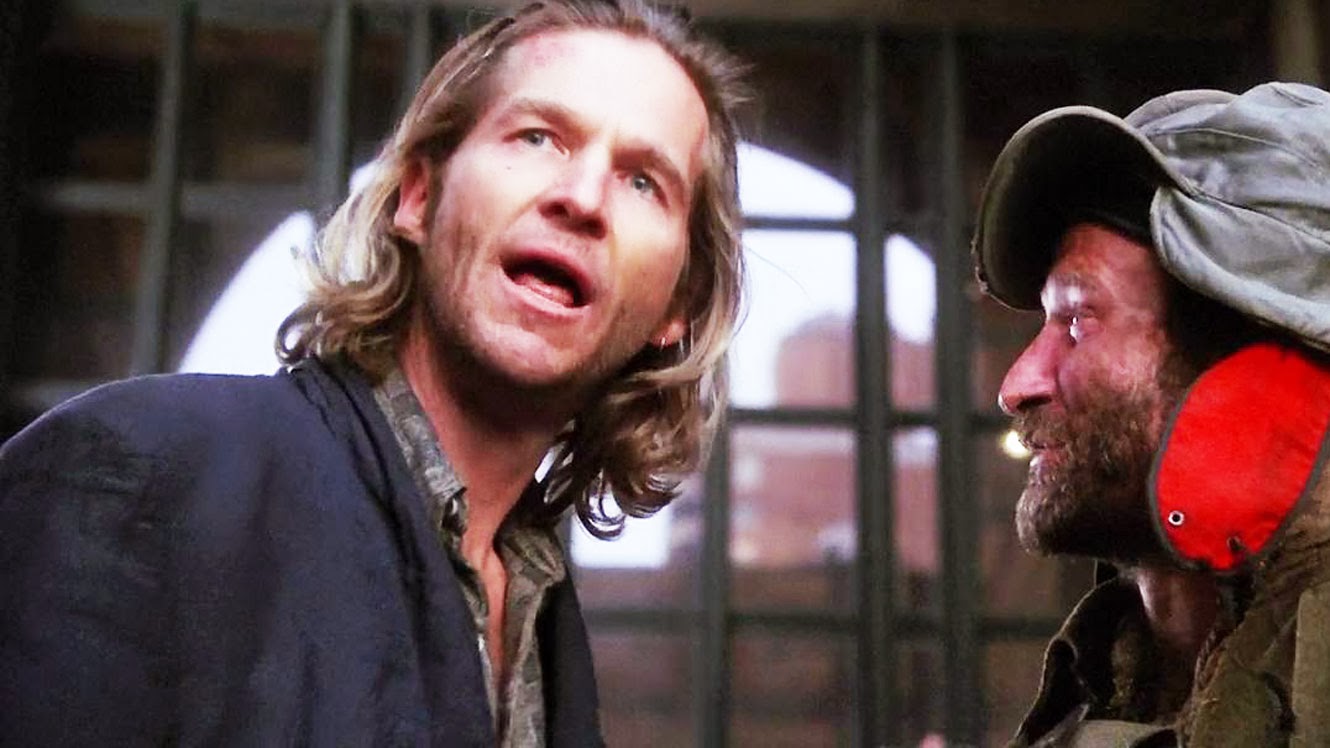
Gilliam was the lone American in Monty Python’s brigade of hyper-literate goofballs, and matured beyond that groundbreaking sketch work to become a singular voice in fantasy filmmaking. He was a gimlet-eyed humanist, juggling terror and laughs in “Time Bandits” (1981) and the famously troubled production of “Brazil” (1985), which still ended up revered as one of the great satires ever filmed. But his next project was an undeniable disaster, “The Adventures of Baron Munchausen” (1988), which flew over budget and crashed at the box office.
“The Fisher King” cost roughly half what Munchausen did, but the material was no easier to pull off. A radio shock jock (Jeff Bridges) goes looking for redemption by helping a homeless man (Robin Williams) who believes he’s a knight pursuing the Holy Grail. There are a few dozen ways this could be maudlin, cruel or simply ludicrous, but Gilliam threads the needle here as best as the material allows, with a cautious dollop of magical realism. The result was a breakout hit, with a slew of Oscar nominations, and a win for Mercedes Ruehl as Best Supporting Actress. He’d go on to score again with “Twelve Monkeys” (1995), but hit the skids when his glorious adaptation of Hunter Thompson’s “Fear & Loathing in Las Vegas” (1998) failed to connect with audiences.
8. The Visit (M. Night Shyamalan, 2015)
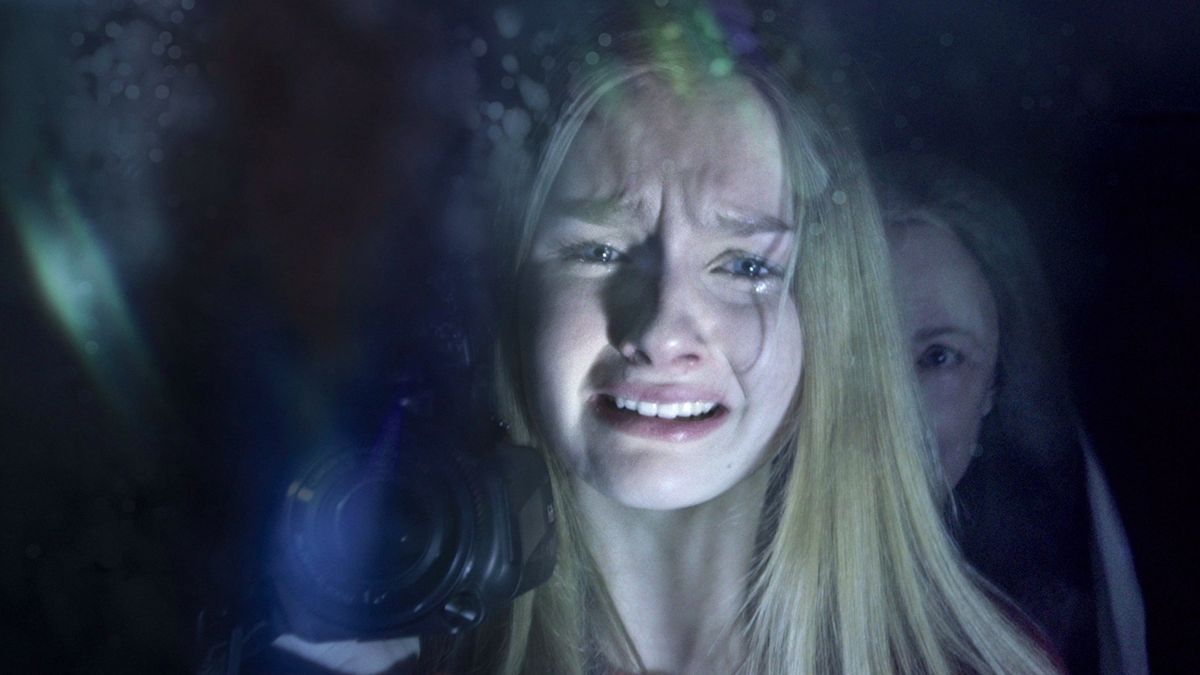
Few recall that M. Night Shyamalan’s debut wasn’t “The Sixth Sense” (1999), but a little indie called “Wide Awake” (1998) that Harvey Weinstein saw fit to dump without fanfare. But “The Sixth Sense” launched him to the stratosphere with sky high profits and plenty of Oscar noms. He’d soon rattle off hits of diminishing returns, wasting effort on big twists at the expense of competent storytelling. And his ego swelled to comic dimensions with him casting himself as world savior in “Lady in the Water.” He’d eventually meander into non-descript blockbuster excursions like “The Last Airbender” (2010), and Will Smith’s own quasi-scientology screed, “After Earth” (2013), which proved a full-fledged flop for star and director.
Even in his weakest efforts, there are some fantastic choices in blocking and shot choice, which, when isolated from their shambling overall structures, can still put a lump in an audience’s throat. The problem was he’d never quite shaken a juvenile streak and a moralizing bent that no doubt is somewhat responsible for his initial popularity with mainstream audiences.
That’s what made his found footage exercise “The Visit”, so rewarding. Gone were the sermons and unwarranted melancholy that tried to inflate his plots with import. This low budget tale of two kids left with their evil grandparents plays out with the clean lines of a fairy tale, but one dark enough to be from the original Grimm collection. Loaded with gross-out sequences and mounting dread, it has a twist, but it’s hardly the point. Some great scares abound, and he was rewarded with a sleeper hit and a second chance at studio paychecks.
9. Blue Velvet (David Lynch, 1986)
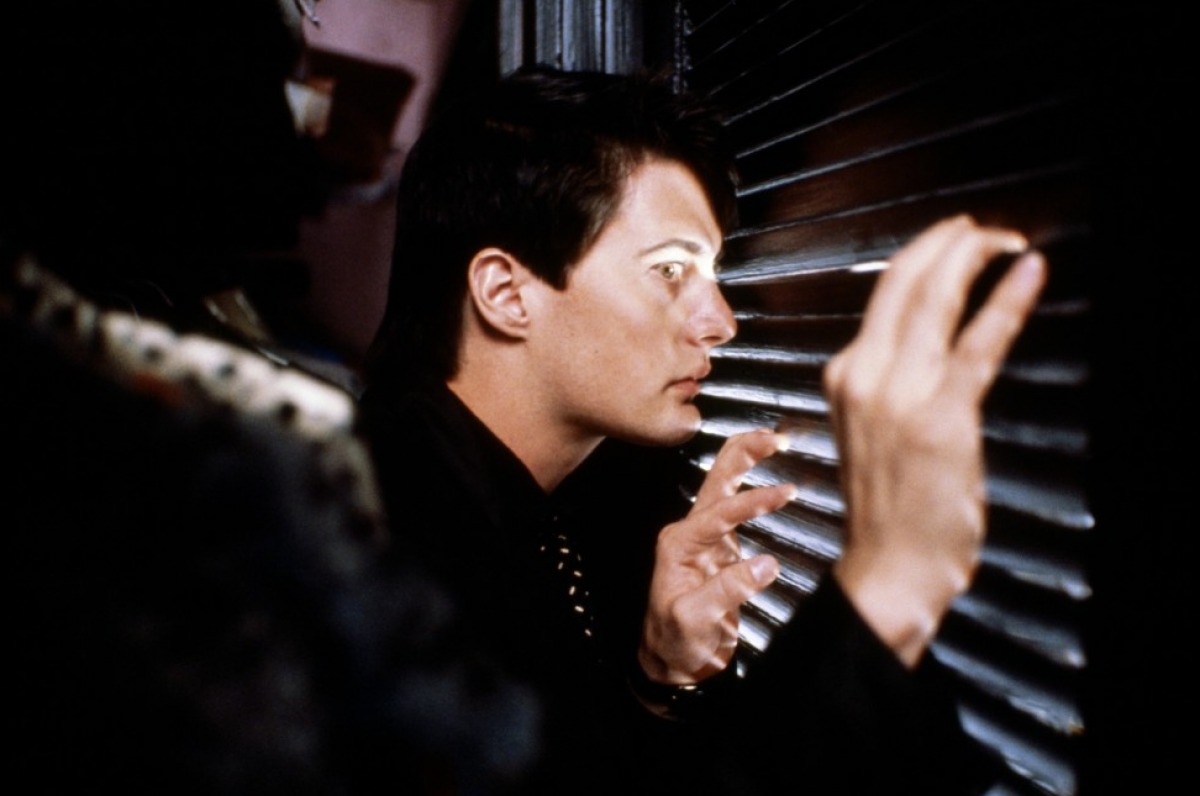
Having already become a cult sensation with “Eraserhead” (1977) and a prestige filmmaker with “The Elephant Man” (1980), David Lynch ran afoul of the movie gods with his troubled adaptation of “Dune” (1984). Lynch felt his vision was deeply compromised, fans of the book were disappointed and most audiences were baffled. It still contains some of the most stunning sci-fi sequences of the decade, but never shook its reputation as a disaster for all involved.
Two years later, Lynch would return with the movie that would define the rest of his career. It’s hard to overstate how influential “Blue Velvet” is, or what a shock it was in the midst of Reagan’s rah-rah eighties. Lynch’s suburban noir didn’t just suggest hypocrisy and ennui, but a feral carnage lurking in trimmed lawns and behind picket fences. This was a brand new, sour kiss of terror and desire that plenty would imitate, but none would match. It remains one of the most accomplished American nightmares ever made and Lynch would continue to deploy its style in the hit TV series Twin Peaks and more daring formal experiments for the rest of his career.
10. The Player (Robert Altman, 1992)
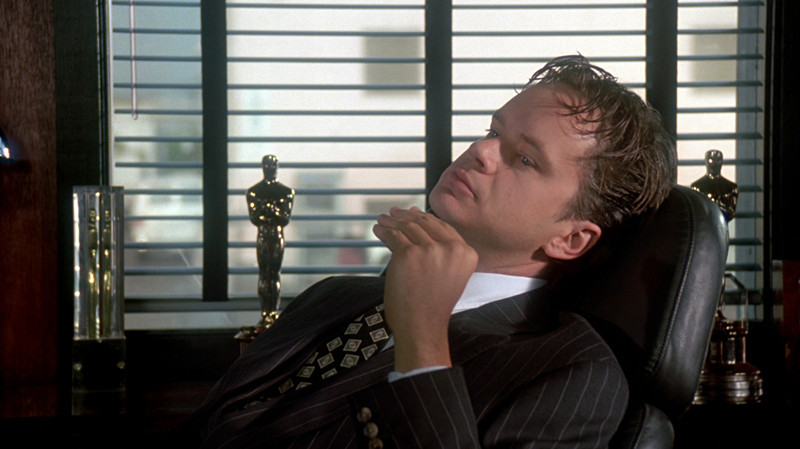
It’s one thing for a director to make their comeback by bringing their bosses a commercial hit, some critical acclaim, or an Oscar. Only Robert Altman would stage his Hollywood comeback by basically pissing on its front lawn. Altman avoided the vagaries of fate by churning out so many features in the seventies that by the time a flop was registered, he had two more respectable performers in theaters. Eventually the likes of “M.A.S.H.”, “McCabe & Mrs. Miller,” “The Long Goodbye,” and “Nashville” were shrinking in the rear-view mirror when his musical version of “Popeye” (1980) got him properly exiled.
Altman never quit working, shifting to smaller flicks, play adaptations, including “Secret Honor” (1984) which has been reclaimed as one of his best. He’d started to generate some buzz with his groundbreaking HBO series “Tanner ’88” and a respectable arthouse flick “Vincent & Theo” (1990). But it was Michael Tolkin’s screenplay, a vicious satire of Hollywood that would somehow make the industry fall for him again.
“The Player” is a tart little ditty about a morally crippled studio executive (Tim Robbins) who is receiving death threats from an unknown screenwriter, mocking the industry’s smug malevolence, hypocrisy and obsession with high concept junk and sequels. Still there’s an impish glee to all of the movie’s jabs, and the all-star cast signed up to be in on the joke. It would snag Oscar noms for Directing, Writing and Editing, and in a delicious twist of fate, won two Golden Globes for Best Comedy and Best Actor in a Comedy.
The industry seemed ready to welcome him back in the fold, and Altman’s famous rapport with stars allowed him to raise financing off his casts in the indie boom of the 90s. He went back to his old routine of producing too much work for the stink of any given project to linger. Altman would eventually leave this world on a big-hearted farewell, “A Prairie Home Companion” (2006) , which true to form, gently mocked its source material while celebrating best of its spirit.